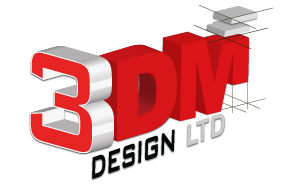Key Principals of DFMA
Here are my key principles when designing by DFMA (Design for Manufacturability and Assembly):
Simplify Designs: Reduce complexity by eliminating unnecessary features and components while maintaining functionality.
Minimise Part Counts: Aim to minimize the number of unique parts in a design to simplify manufacturing and assembly processes.
Standardise Components: Use standardised parts and components whenever possible to streamline procurement, reduce costs, and simplify inventory management.
Design for Ease of Assembly: Design components and assemblies with ease of assembly in mind, ensuring that they can be easily put together without requiring specialised tools or complex procedures.
Design for Modularity: Design products and systems in a modular fashion, allowing for easy interchangeability of components and subsystems for flexibility and scalability.
Consider Manufacturing Processes: Design parts and assemblies with consideration for the manufacturing processes involved, such as machining, casting, molding, or additive manufacturing.
Minimise Material Waste: Optimise material usage to minimize waste during manufacturing processes, reducing costs and environmental impact.
Design for Tolerance and Fit: Design parts with appropriate tolerances and fits to ensure proper functionality and ease of assembly without the need for excessive adjustments or rework.
Use Design Guidelines and Standards: Adhere to industry-specific design guidelines and standards to ensure compatibility, interoperability, and compliance with regulatory requirements.
Consider Design for Serviceability: Design products with ease of maintenance and repair in mind, allowing for efficient servicing and prolonging the product's lifecycle.
By following these principles, designers and engineers can create products that are easier and more cost-effective to manufacture and assemble, ultimately leading to improved efficiency, quality, and customer satisfaction.

